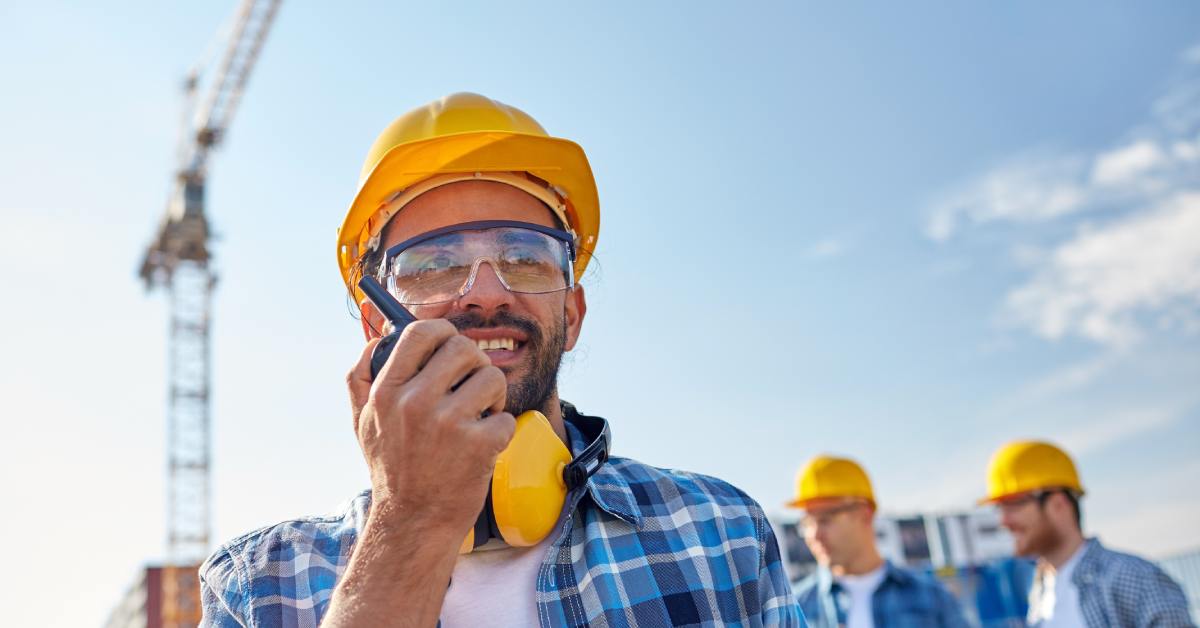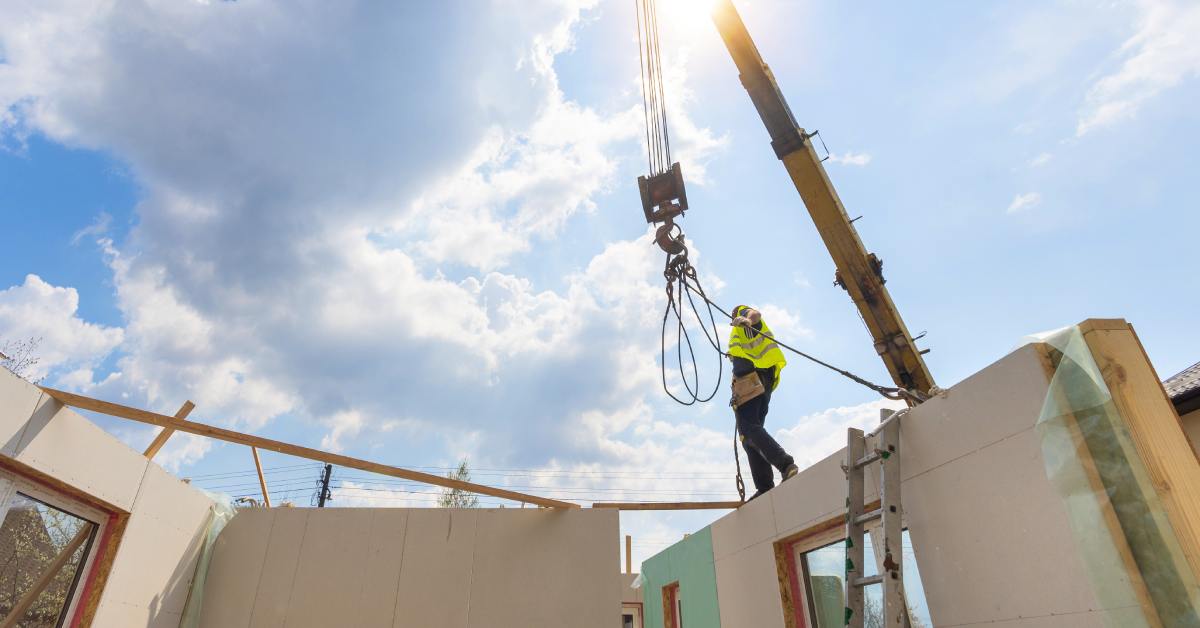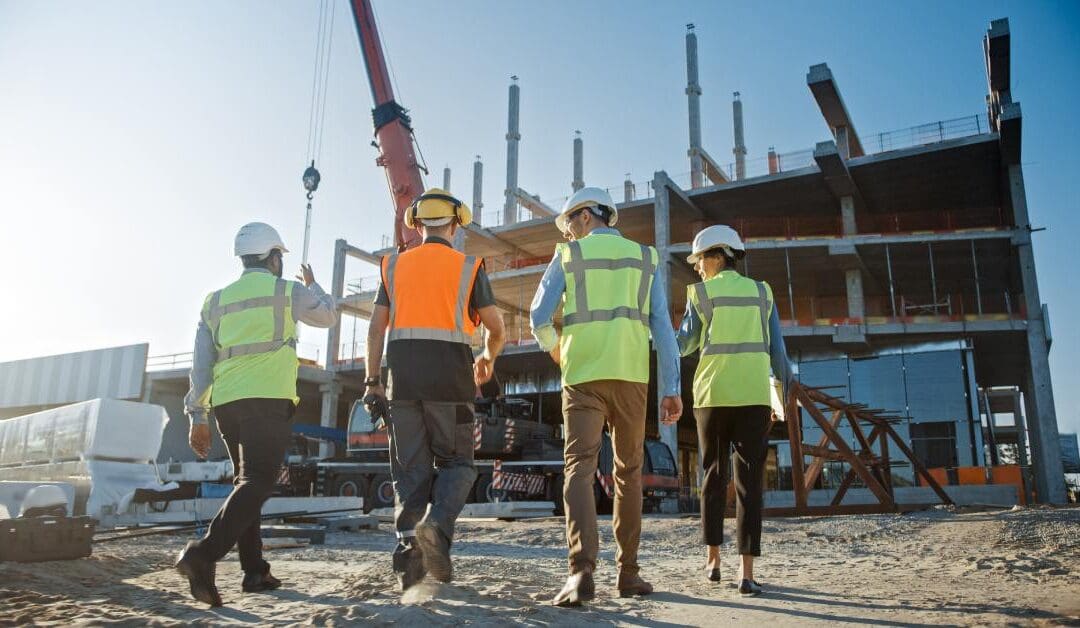A successful construction or home renovation project relies on many moving parts working in harmony. When you use a crane for projects, precision, safety, and clear communication become even more critical. Renting a crane is more than just getting heavy equipment to your site; it’s about partnering with a team of experts who will help you get the job done safely and efficiently.
Effective communication is the foundation of this partnership. From the first phone call to the final lift, every interaction with your crane rental team matters. Misunderstandings can lead to delays, budget overruns, or, most importantly, safety hazards. This guide will walk you through how to communicate clearly with your crane rental team at every stage of the process, ensuring your project runs smoothly and safely.
Before the Crane Arrives: The Planning Phase
The most important communication happens long before the crane reaches your property. Thorough planning and detailed discussions prevent last-minute problems, ensuring you have the right equipment and personnel for your project.
Provide Comprehensive Project Details
When you first contact a crane rental company, be prepared to share as much information as possible. The more they know, the better they can assess your needs. Key details to provide include:
- The Lift’s Purpose: What are you lifting? Is it roof trusses, an HVAC unit, a hot tub, or construction materials? The nature of the item determines the lifting equipment and rigging required.
- Weight and Dimensions: You must know the exact weight and dimensions of the object being lifted. Providing an estimate is not enough. Accurate weight information is crucial for selecting a crane with the appropriate capacity.
- Site Location and Access: Give the precise address of the job site. Describe the access points for large equipment. Are there narrow driveways, overhead power lines, or fences that could obstruct entry?
- Ground Conditions: The ground where the crane will be set up must be stable. Let the team know if the area is soft, uneven, or on a slope. This information helps them plan for necessary support, like crane pads, to ensure stability.

Discuss the Lift Zone
The area where the lift will occur is just as important as the object itself. You need to provide a clear picture of the environment. This includes the lift radius, any possible obstacles, and the site plan.
Your site’s lift radius is the distance from where the crane can be safely positioned to where the object needs to be placed. The radius is a crucial component in selecting the right crane for the job, so carefully discuss this with your team and ensure they have all the necessary measurements.
Obstacles can also cause problems on the worksite, since they hinder the crane’s movement around the space. Identify any potential obstacles, including trees, buildings, power lines, and underground utilities like septic tanks or sprinkler systems. Taking photos or videos of the site from multiple angles can be incredibly helpful for your crane team to understand possible problems before the lifting day.
You will also need your site plan if you are working on a larger project. It will provide the crane rental company with a comprehensive overview of the layout, enabling them to carefully plan every move. By providing this information upfront, you help the rental company select the right crane and develop a safe, effective lift plan tailored to your specific needs.
During the Lift: On-Site Coordination
On the day of the lift, communication becomes immediate and action-oriented. A designated point of contact and standardized hand signals are essential for maintaining a safe and efficient operation.
Establish a Clear Chain of Command
Before work begins, establish who is in charge. A single, designated person from your team should be the primary point of contact for the crane operator and signalperson. This avoids conflicting instructions and ensures a clear line of communication. Everyone on site should know who this person is and direct all lift-related questions and instructions through them.
Understand Crane Hand Signals
While verbal communication is important, standardized hand signals are the primary language used during a lift. The noise from the crane and other construction equipment can make it difficult to hear, so visual cues are more reliable. The crane operator will rely entirely on the signalperson for direction.
While you don’t need to memorize every signal, it’s important that your team respects the signalperson’s role and stays out of their line of sight with the operator. Never distract the signalperson or operator during a lift.

Keep the Work Area Clear
For safety, the lift zone should be a restricted area. Only essential personnel, like the operator and signalperson, should be within the swing radius of the crane. Communicate this to your entire crew and any other contractors on site. Your team can use barricades or caution tape to clearly mark the restricted zone.
After the Lift: Debrief and Feedback
Once the lift is complete and the crane is preparing to leave, a final round of communication can help wrap up the project and improve future operations.
Confirm Project Completion
Before the crane team departs, have your designated point person walk through the site with the crew leader. Confirm that the lifted object is securely in place and that all project objectives related to the lift have been met. This is the time to address any immediate issues or confirm that everything has been completed to your satisfaction.
Provide Constructive Feedback
Your experience matters. If the crane team did an excellent job, let them know. Positive feedback is always appreciated. Similarly, if there were aspects of the service that the team can improve, share that information constructively. A professional crane rental company values client feedback as a tool for improving its services and training. This helps them maintain a high standard of quality and safety for all their customers.
Your Partner in Heavy Lifting
Effective communication with your team is the key to a safe and successful crane operation. By preparing detailed information, establishing clear on-site protocols, and providing feedback, you empower your crane rental team to perform at their best. This collaborative approach not only protects your property and ensures your project stays on schedule and within budget.
Working with the right crane rental service can ensure that you have a professional and reliable team to communicate with. At Heave Ho! Crane & Rigging, our business has been one of the best Louisiana crane services for the Gulf Coast area.
With 30 years of experience, we know how to effectively communicate and help you reach your goals with our wide array of cranes. Contact us today to learn more about our services and request a quote.

